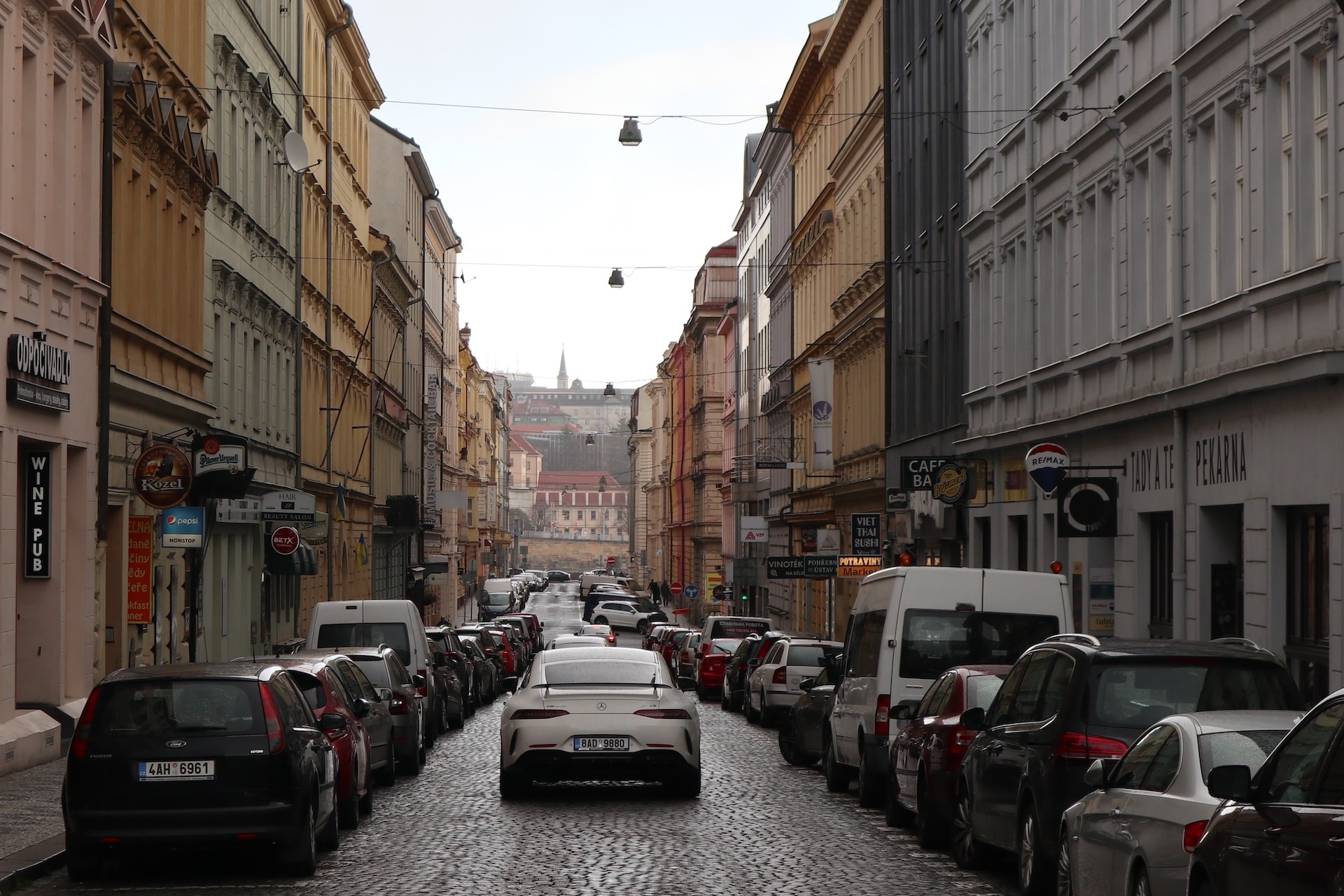Last year, the urban landscape of the capital saw an addition of 40,800 vehicles, propelling the grand total to a remarkable 1.258 million. Predominantly donning the role of passenger carriers, these vehicles collectively covered around 22.8 million kilometers across the city, though this distance showed a decline from the previous year. And in the time-honored tradition, the title of the city’s most traversed route remained firmly held by the Barrandov Bridge. These intriguing revelations stem from the 2022 traffic yearbook published by the Technical Administration of Communications (TSK), a valuable resource accessible to the Czech Press Agency.
Within the metropolis lies a sprawling network of 4,068 kilometers of roads, crisscrossed by a varied ensemble of vehicles. Of this diverse fleet, the reigning champions are the cars, boasting a count exceeding one million. Rewinding to 2021, the official records noted the registration of 970,755 passenger cars within the city limits, a considerable surge from the 925,716 recorded in the preceding year of 2020. When weighed against the broader canvas of the Czech Republic, the number of registered cars within the metropolis paints a portrait of modesty, comprising less than one-seventh of the country’s total vehicular population. A notable chapter in Prague’s automotive journey unfolded between 1990 and 2000, a golden age during which car numbers doubled.
Drivers maneuvered through the cityscape, collectively racking up a staggering 22.813 million kilometers in the previous year, a slight reduction from the 22.956 million in 2021, but a substantial leap from 2020’s 21.482 million. As a well-rehearsed performance, the majority of this distance was gracefully covered by passenger cars, leaving their distinct imprints on the urban canvas.
The tide of traffic has woven an intriguing tale over the past two years. In 2020, it receded by a notable eight percent, a dip that was met with an enthusiastic surge in 2021, nearly echoing the vibrancy of the pre-recession era of 2019. This rhythmic dance maintained its tempo in the most recent year, embracing a harmonious equilibrium. While the downtown core maintained its steady pulse, some outer lanes experienced a gentle ebb.
Even while road workers orchestrated their symphony of repairs during the summer months, the Barrandov Bridge claimed its crown as the busiest thoroughfare of the year. Proudly serving as a gateway for 139,000 vehicles daily, it continued its reign, although the volume was slightly diminished by around three thousand compared to the previous year. Not far behind, the Jižní spojka in the Chodovská – V koryty section earned the silver medal with 129,000 vehicles traversing its lanes. The third spot was enthusiastically claimed by the Jižní spojka, bridging 5. května and Vídeňská streets. Remarkably, the Barrandov Bridge also reigns as the monarch of the Vltava River’s crossings, with Hlávkův Bridge and Radotínský Bridge joined by Barikádníků Bridge as its regal companions.
In the realm of intersections, the intersection of Černokostelecká and Průmyslovská took the crown with a daily procession of 70,000 cars, demonstrating its dominance as the busiest regular crossing. In the symphony of Prague’s crossroads, the Podebradská-Kbelská intersection played a close second in 2021. Making a grand entrance in the “off-grade” category, the intersection of 5 May and Jižní spojka commanded the spotlight with an impressive turnout of 209,000 vehicles. Amidst the urban maze, the Dejvice Tunnel enjoyed the limelight, welcoming the largest number of drivers with a daily passage of 93,000 cars.
The theme of car occupancy has remained steadfast, preserving a consistent tempo since 2010 and the preceding year. At the heart of the city’s streets, vehicles continued to host an average of 1.3 passengers per ride. This dynamic stands in comparison to the vibrant years of 1990, when an average of 1.71 souls graced each vehicle, and 2000, when this number held at 1.44 companions per car.
Source: ceskenoviny.cz


















